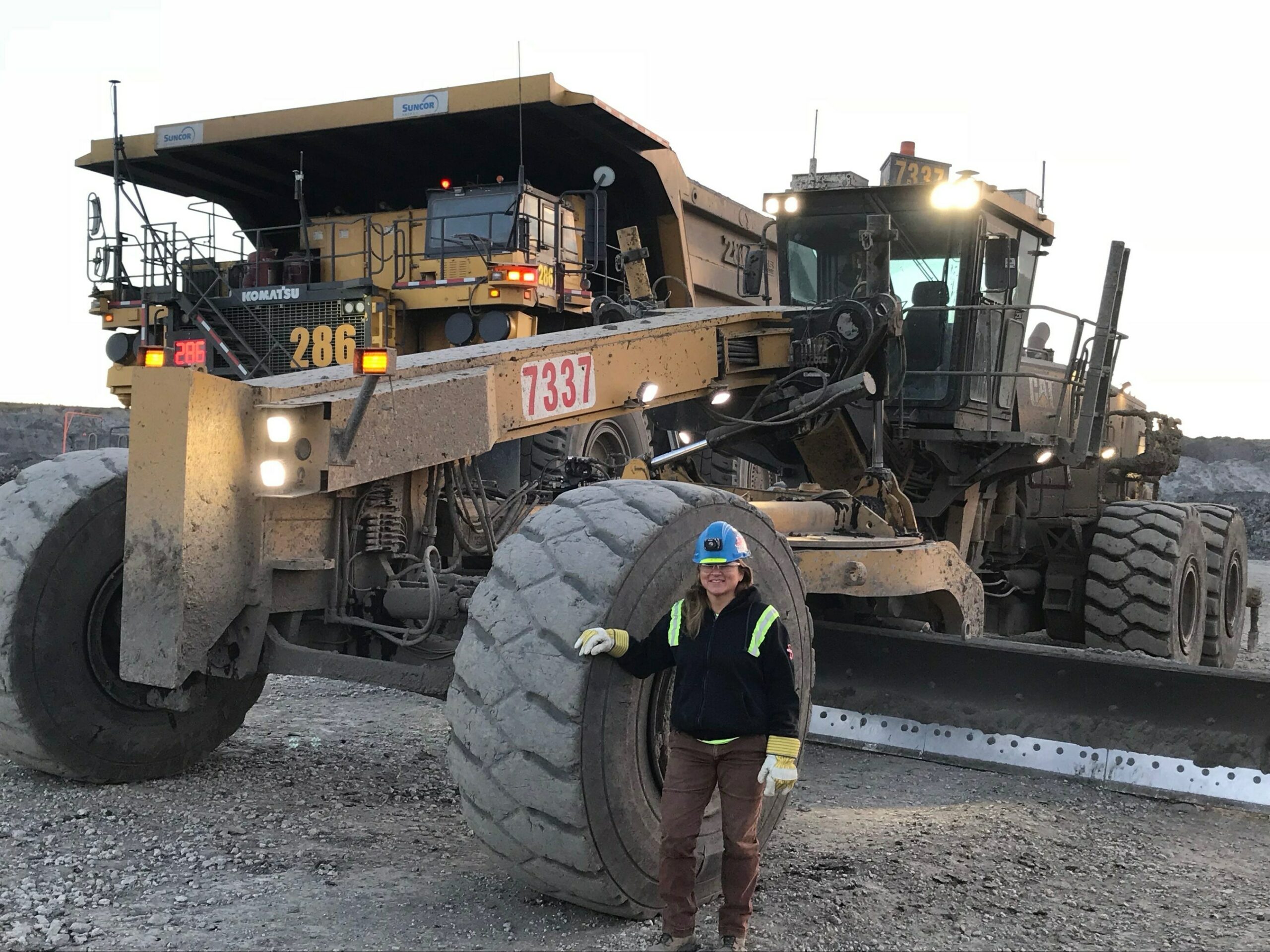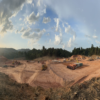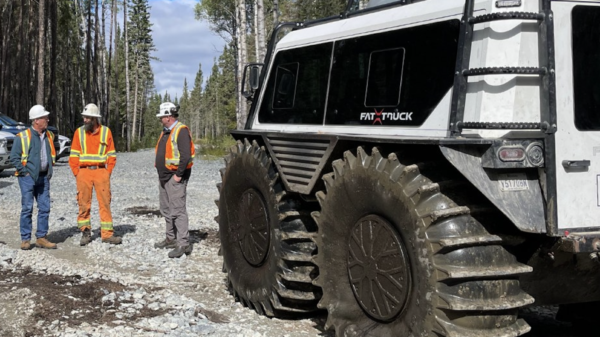The Labour Force Survey (2019-2021) showed that the extractive resource sector such as oil and gas extraction provides the highest-paying wages for Indigenous workers in Canada.
The census found that Indigenous people working in the oil and gas extraction sectors make on average around $140,000 per year which is almost three times more than the average Indigenous worker making $51,000 per year on average.
It also found that Indigenous workers who work in mining get around $93,000 per year and $56,000 per year for those in forestry.
Read more: Canada unveils $3.8B ‘Critical Minerals Strategy’ for sustainability
Read more: Canada launches $29.6M small modular reactor funding program to mitigate fossil fuels
Indigenous women make more money in the resource sector than any other
In particular, the census highlighted that Indigenous women get benefits from working in the sector as the top three highest-paying sectors for them are oil and gas related.
Indigenous women make around $115,000 per year in oil and gas extraction compared to $43,600 per year in other industries. Pipeline transportation jobs pay even more with them earning around $151,000 per year on average for crude oil and $113,000 for natural gas pipeline employment.
In Canada, Indigenous peoples make up 3.9 per cent of the total workforce. However, when it comes to specific industries, the representation of Indigenous peoples is higher, with 6.9 per cent in oil and gas, 10.8 per cent in mining, and 9.2 per cent in forestry.
Read more: Calibre Mining broke gold production records with 10% increase in 2022
Read more: Calibre Mining gold discovery could breathe life into historic mining community
The oil and gas sector bridges the wage gap
Not only has the oil and gas sector employed a significant number of Indigenous workers, but it has also succeeded in closing the wage gap.
As per the 2022 Labour Force Survey, Indigenous workers in oil and gas extraction earned an average weekly wage that was 2.2 per cent higher than the average Canadian oil and gas worker. In contrast, across all industries in Canada, Indigenous workers earned an average of 7.6 per cent less than the average worker.
“Many Indigenous workers have become involved in the oil & gas, mining and forestry sectors to benefit from the good, high-paying careers they can provide,” Indigenous Resource Network Board Chair John Desjarlais said in a statement.
“These numbers show that the resource sector is valuing the skills and experience that Indigenous workers bring to the table. We look forward to working with industry to continue closing the gap and creating even more opportunities for those Indigenous workers that want it.”
Natalia@mugglehead.com














